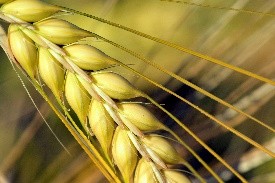Agriculture
-
Crops
-
Cereals
-
Fiber crops
-
Oil seeds
-
Sugar and starch crops
-
-
Horticulture
-
Citrus
-
Flowers
-
Forestray
-
Fruits
-
Medicinal plants
-
Spice and condiments
-

